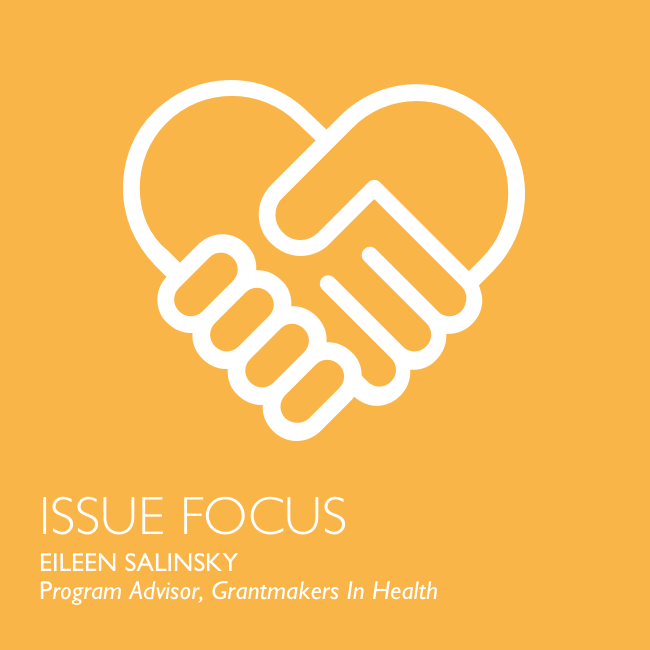
Navigating Uncertainty: Epidemic Risk Communication Strategies
In the face of epidemics, effective communication is paramount. Epidemic Risk Communication Strategies play a crucial role in disseminating accurate information, fostering public understanding, and promoting informed decision-making. Let’s explore the key strategies that contribute to successful risk communication during epidemics.
Clear and Transparent Messaging
Clarity is the cornerstone of effective risk communication. Clear and transparent messaging ensures that information is easily understood by diverse audiences. During epidemics, providing straightforward information about the nature of the threat, preventive measures, and response protocols builds trust and empowers individuals to take appropriate actions.
Tailoring Messages to Diverse Audiences
One size does not fit all in risk communication. Tailoring messages to diverse audiences is essential for reaching different demographics, cultural groups, and communities. Understanding the specific needs and concerns of various segments of the population allows for the development of messages that resonate and encourage compliance with recommended guidelines.
Timely and Consistent Updates
Timeliness is critical in risk communication. Providing timely updates on the evolving situation keeps the public well-informed and helps dispel misinformation. Consistency in messaging across various communication channels, including traditional media, social media, and official announcements, ensures that the public receives accurate and cohesive information.
Engaging Stakeholders and Community Leaders
Stakeholder engagement is a key component of epidemic risk communication. Involving community leaders, healthcare professionals, and other stakeholders in communication efforts fosters a sense of shared responsibility. These individuals can serve as trusted sources of information and conduits for disseminating messages within their respective communities.
Utilizing Multiple Communication Channels
Diversifying communication channels increases the reach and accessibility of information. Beyond traditional media, leveraging social media, websites, mobile apps, and community bulletin boards ensures that messages are disseminated widely. This multi-channel approach accommodates different communication preferences and enhances overall visibility.
Addressing Public Concerns and Fears
Epidemics often give rise to heightened public concerns and fears. Effective risk communication acknowledges and addresses these emotions. Providing empathetic and compassionate communication, coupled with clear explanations of risk mitigation strategies, helps alleviate fears and encourages a sense of collective resilience.
Interactive and Two-Way Communication
Promoting an interactive and two-way communication model is essential. Establishing channels for feedback, questions, and concerns allows the public to actively participate in the conversation. This bidirectional communication fosters a sense of inclusivity and empowers individuals to seek clarification and guidance on epidemic-related matters.
Crisis Communication Preparedness
Preparedness is key in crisis communication. Having well-defined plans and protocols in place ensures a swift and coordinated response when epidemics occur. Preparedness includes training communication teams, conducting drills, and anticipating potential challenges to address in real-time, enhancing the overall effectiveness of risk communication efforts.
Fact-Checking and Countering Misinformation
In the age of information overload, countering misinformation is a critical aspect of risk communication. Establishing fact-checking processes and promptly addressing and correcting inaccuracies contribute to maintaining the credibility of communication channels. Proactive efforts to dispel myths and rumors help build a foundation of trust among the public.
Psychological and Behavioral Considerations
Understanding the psychological and behavioral aspects of risk perception is vital. Effective risk communication takes into account human emotions, cognitive biases, and behavioral patterns. Tailoring messages to resonate with these considerations enhances the likelihood of individuals adopting recommended preventive behaviors and complying with public health guidelines.
To delve deeper into Epidemic Risk Communication Strategies, visit Epidemic risk communication strategies. This resource hub offers comprehensive insights, best practices, and tools to enhance communication during epidemics, contributing to a more informed and resilient society.














